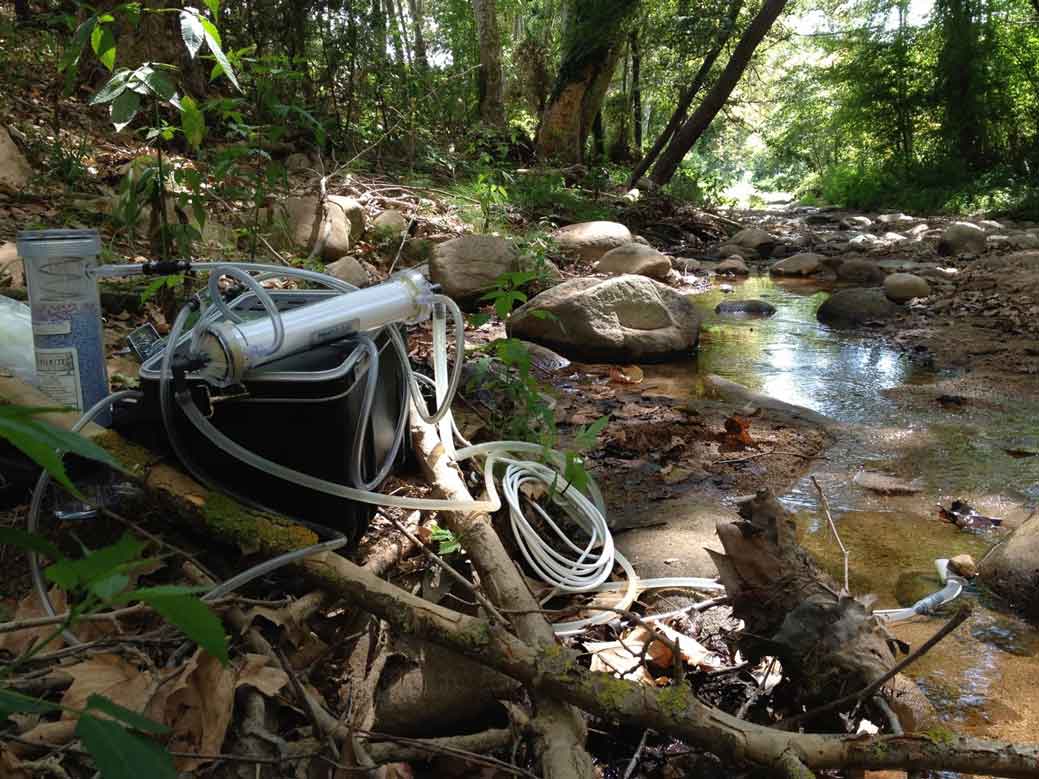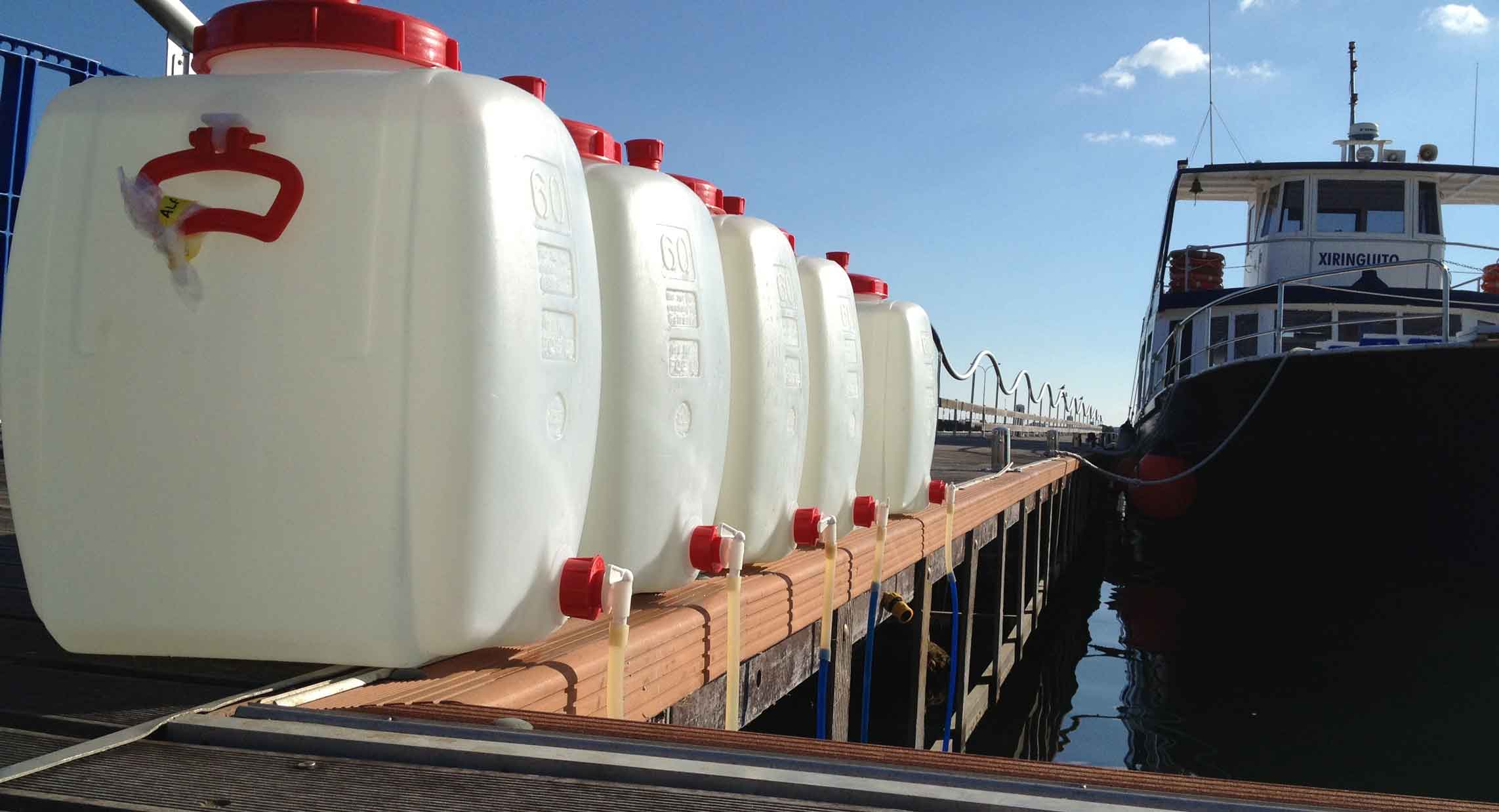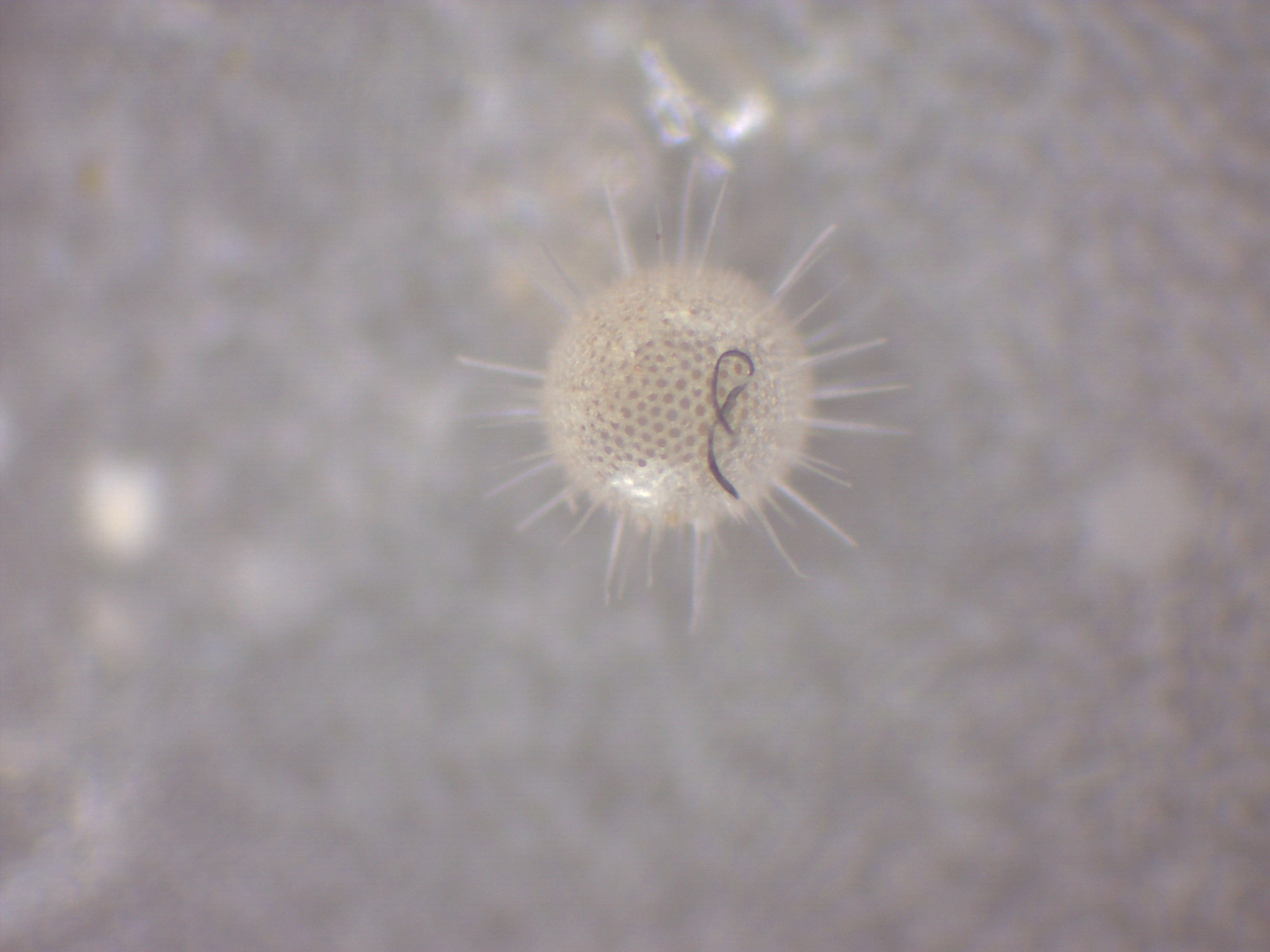Laboratory and in situ measurements of Radon
Radon is a gas that is dissolved in water. Its high concentration in groundwater makes it useful as a tracer of hydrogeological processes in rivers, lakes or coastal areas. However, this high concentration in water can generate a public health problem due to inhalation as stated in 2013/51 EURATOM and RD 314/2016. Thus, groundwater concentrations higher than 100 Bq/L require risk assessment studies to reduce their concentration for drinking purposes and from 500 Bq/L the water is no longer potable.
The GRAB has a long history of in using Rn as a tracer of hydrogeological processes and measuring it for health purposes. Various systems can be used for measuring Rn concentration both “in situ” and in the laboratory. The GRAB has several RAD-7 systems that make it possible to determine the continuous Rn concentration in locations of interest from the point of view of both hydrogeological and health studies. The laboratory also has a Quantulus 1220 system for measuring Rn by liquid scintillation.

A Rad7 system measuring Rn in water near a spa village.






